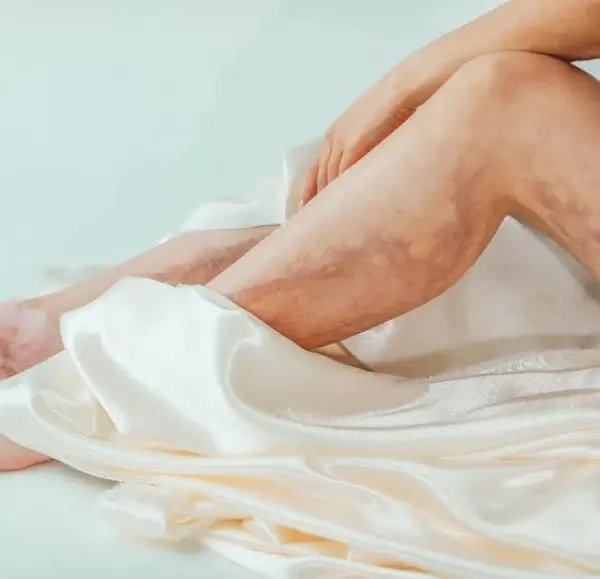Spider veins are a common consideration in vein health and aesthetics. These small, visible veins are often viewed as a cosmetic issue but can sometimes reveal underlying vascular conditions. Understanding their causes, impact, and potential connections to larger health issues is key for affected individuals.
What Are Spider Veins?
Spider veins, also known as telangiectasias, are small, thin veins visible near the surface of the skin. These veins often form in web-like patterns, which may range in color from red to blue or purple. They most commonly appear on the legs, although they can also form on the face. This ailment should not be confused with varicose veins, which are larger, often bulging veins that may cause physical discomfort.
This condition develops when the tiny valves inside the veins become weakened or fail. Normally, these valves safeguard one-way blood flow back toward the heart. When they are not functioning properly, blood often pools in the veins, causing them to swell and appear more prominently. The likelihood of developing this condition increases with factors like genetic predisposition, prolonged sitting or standing, and age.
What Is the Cosmetic Impact of Spider Veins?
A primary reason many individuals seek treatment for this ailment lies in its appearance. This condition can create visible patterns on the skin that some individuals may not find appealing. These patterns can vary in size and prominence, which can lead to a noticeable visual impact depending on their location on the body.
Certain professions or activities, particularly in industries with an emphasis on physical presentation, may prompt individuals to address this ailment. Treatments for reducing the visibility of this condition include sclerotherapy and laser therapy. These aim to improve how the affected areas appear. While the focus of these treatments is for aesthetic benefit, some individuals may seek them for other reasons, such as minimizing the progression of enlarged veins.
Do Spider Veins Represent Greater Vascular Issues?
Although this ailment is frequently categorized as a cosmetic issue, it can sometimes signal underlying vein conditions. Issues such as chronic venous insufficiency may be connected to the presence of this condition. This is particularly the case when it is extensive or accompanied by other symptoms like swelling, heaviness, or pain in the legs.
Chronic venous insufficiency occurs when vein valves in the legs are unable to maintain proper blood flow, leading to pooling in the veins. Spider veins alone may not directly indicate this or other vein conditions. Regardless, their presence alongside physical discomfort, skin discoloration, or swelling may warrant further medical evaluation. A healthcare provider may conduct a thorough history, perform a physical examination, and recommend diagnostic tests, such as a duplex ultrasound, to evaluate vein function. These steps help determine whether this condition is contributing to or is a result of a more significant circulatory issue.
Learn More About What Spider Veins Entail
This condition straddles the line between cosmetic and medical concerns. While they often represent harmless visual characteristics, the potential for underlying vascular issues should not be dismissed, particularly when additional symptoms are present. Whether addressing appearance or exploring health-related factors, understanding this condition can guide more informed decisions about treatment and care. If you are experiencing visible spider veins and wish to learn more, reach out to a vein specialist for a comprehensive evaluation.
